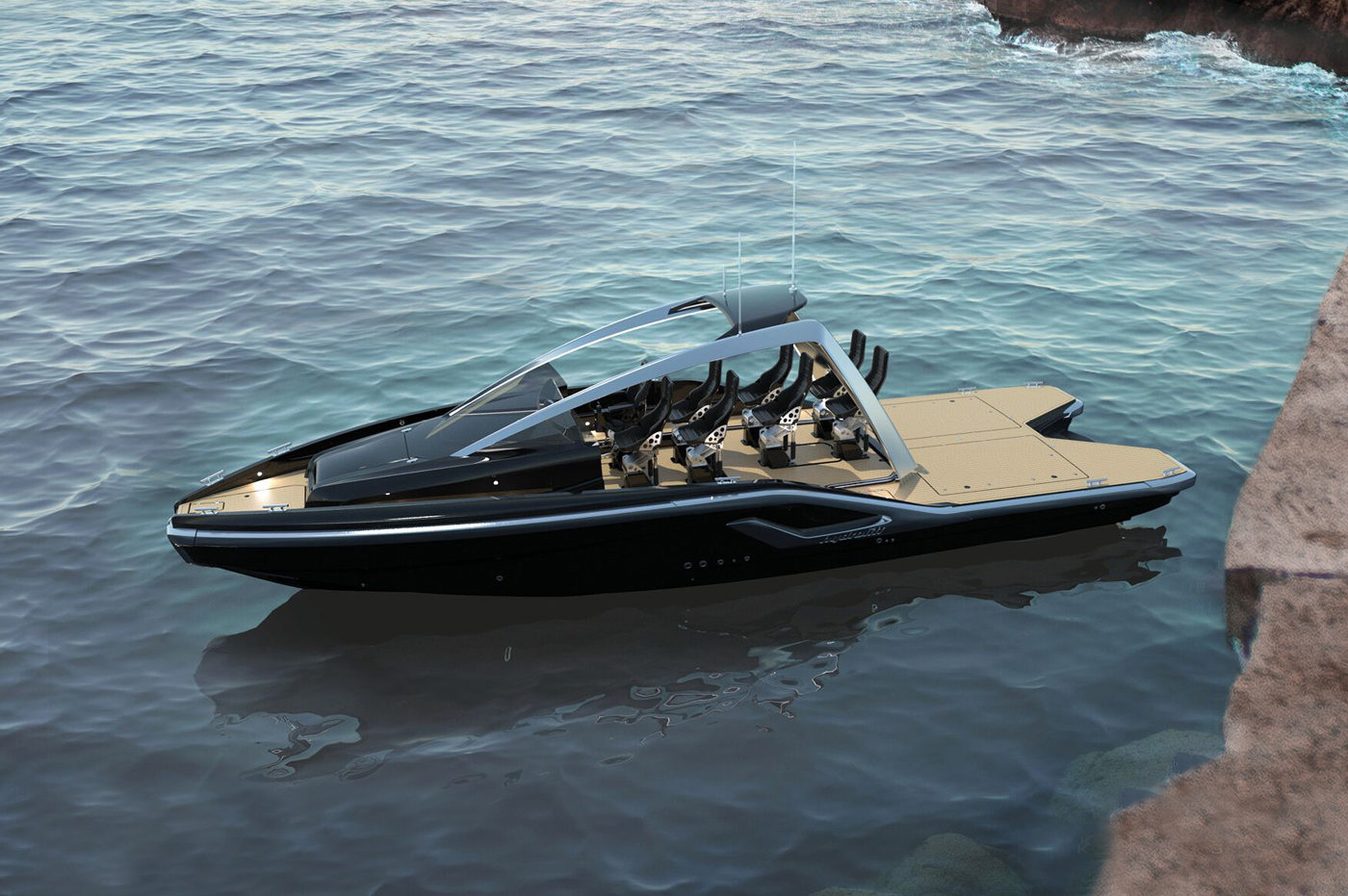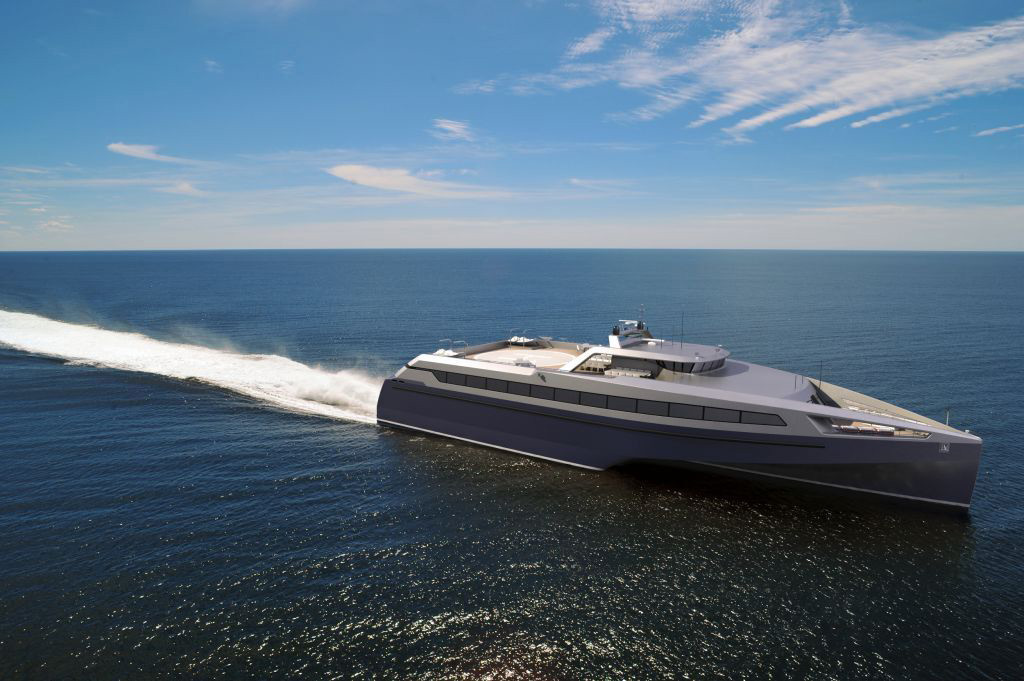LINCOLN is a 36 months research project ended in September 2019. The project used innovative design methodologies and tools for the development of three types of completely new vessels concepts through dynamic simulation model testing in the maritime sector.
In developing the three new vessels (a Multi-platform Catamaran, a Module Based High Speed Patrol Boat Platform, an Emergency Response and Recovery Vessels series for Coastal Rescue activities), LINCOLN will use:


A lean fact based design model approach
which combines real operative data at sea with lean methodology, to support the development and implementation of the vessel concepts;
IT customized tools
to enable the acquisition and usage of field data, coming from an IoT platform
High performance computing simulating
To demonstrate feasibility of the 3 vessels concept a fluid dynamics and structural simulation test, using high performance computing, will be performed on each of them.
Project structure
PARTNERS
The consortium is formed by 16 authoritative partners from 6 EU countries and is led by Politecnico di Milano.
ADVISORY BOARD
Composed of international representatives mainly coming from industry (75% from end users maritime sector / 25% from technological sectors).







